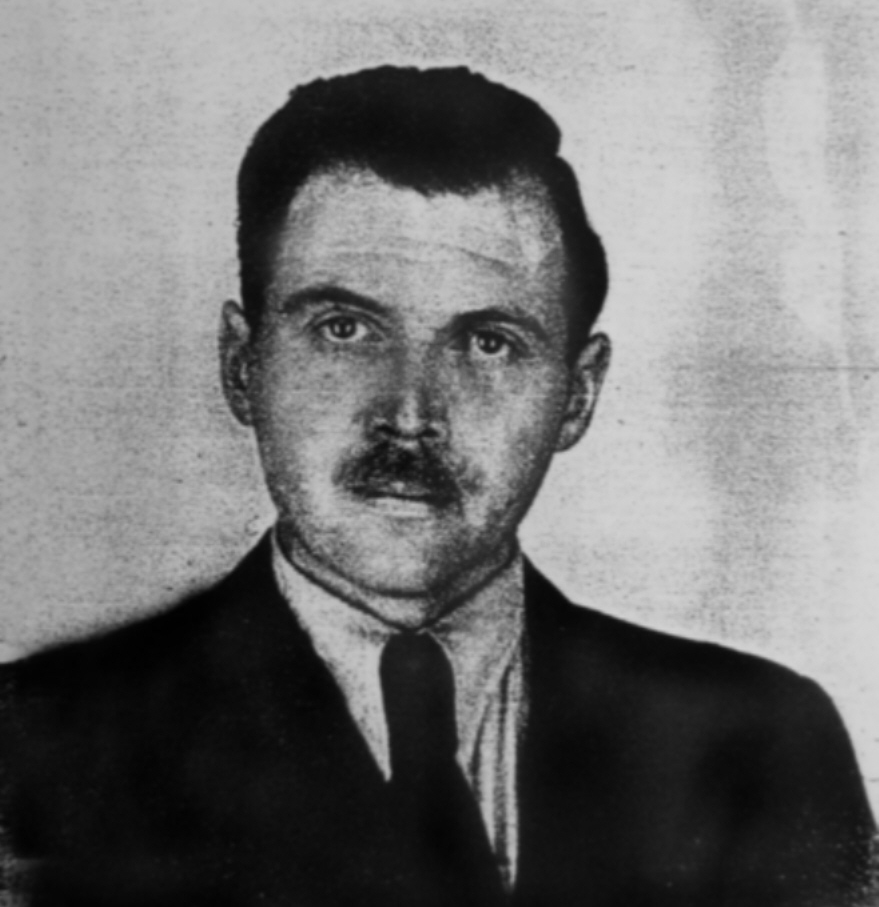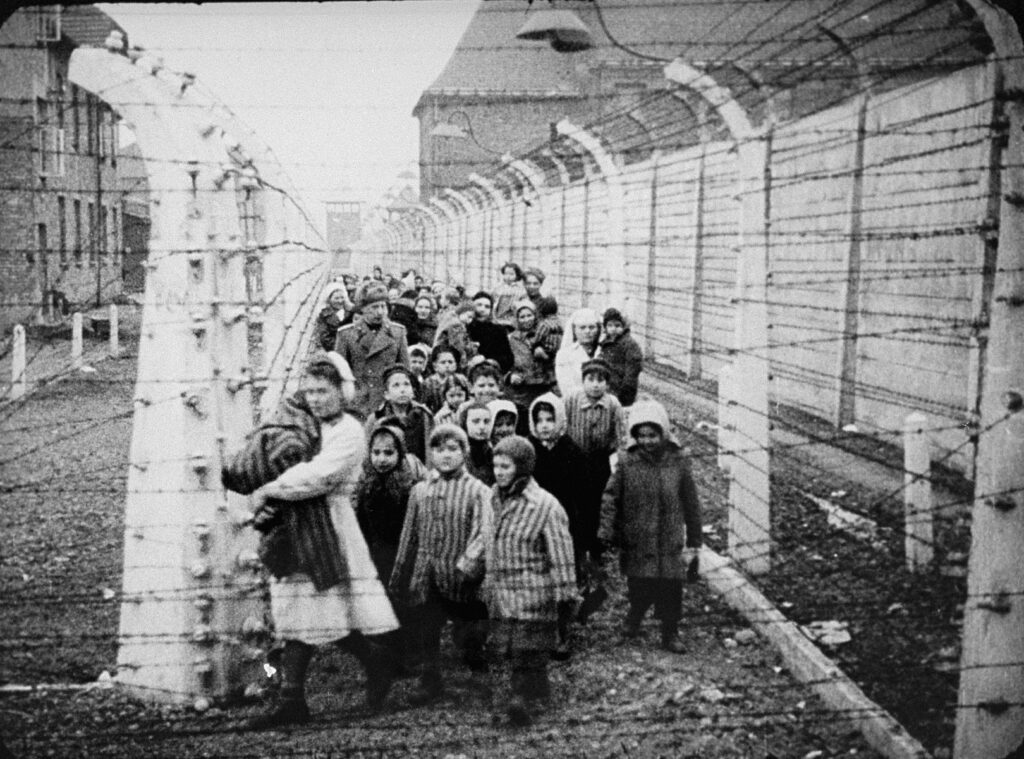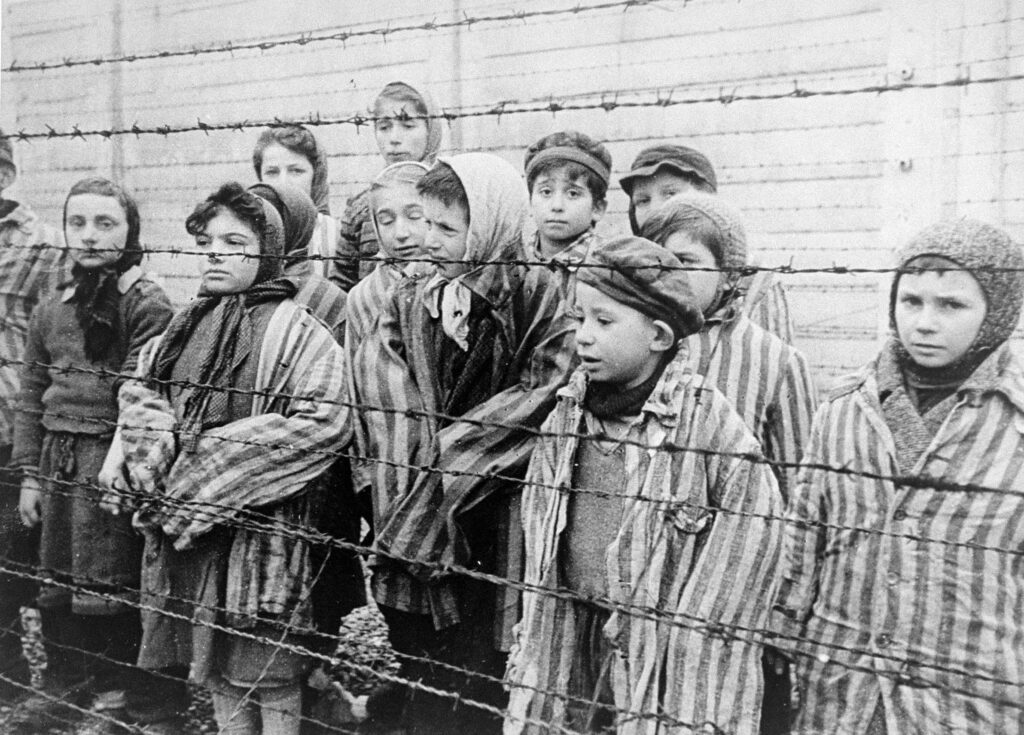Human Experiments
Among the various crimes that the Nazis committed during the years of World War II, the human experiments are arguably the most inhumane crimes. Within the concentration camps, Nazi doctors would perform horrifying experiments upon the inmates to gather information about the human body. Many of the experiments revolved around the study of the human pain threshold.
Guards took prisoners from the camps and subjected to various things: being plunged in freezing water to test the effects of hypothermia, being put in pressure chambers to test for their response to high altitude, and exposing to deadly diseases (1). Nazi doctors would also experiment on prisoners by purposefully infecting their wounds to test different antibiotics. In some cases, the doctors would conduct larger-scale experiments and target the mentally ill, as they were easier to manipulate.


Twins were also targeted for medical experiments. Doctor Josef Mengele was one of the most infamous Nazi doctors to commit crimes against children. He would perform experiments and collect human specimens from inmates, many of them killed or maimed solely for the experiment (2). Twins were specifically chosen and put into labs where genetics and germ warfare testing occurred. During the germ experiments, one twin would be infected with a disease such as malaria or cholera. If they died, the other twin was killed in order to compare the bodies and their organs. Those who fell ill were sent to camps where they would wait with hundreds of other prisoners to be killed in a gas chamber.
Mengele also conducted surgical experiments on twins. One account stated that he attempted to create a Siamese twin by sewing their organs and blood vessels together (3). Mengele would also target people with physical deformities and abnormalities in hopes of “purifying” his race. There have been many debates since these experiments about whether or not the data gathered should be used today. Sara Vigorito, a Mengele survivor, shared a powerful testament about whether or not the data should be used: it would be “like building on top of Auschwitz”(4).


- Löwy, Ilana. “Ludwik Fleck: On Medical Experiments on Human Beings.” Science, Technology, & Human Values 41, no. 3 (2016)
- Seidelman, William E. “Mengele Medicus: Medicine’s Nazi Heritage.” The Milbank Quarterly 66, no. 2 (1988): 221–39.
- Kor, Eva Mozes. “The Mengele Twins and Human Experimentation : A Personal Account .” National Center for Biotechnology Information, Oxford University Press, 1992.
- Mostow, Peter. “‘Like Building on Top of Auschwitz’: On the Symbolic Meaning of Using Data from the Nazi Experiments, and on Non-Use as a Form of Memorial.” Journal of Law and Religion 10, no. 2 (1993): 403–31.